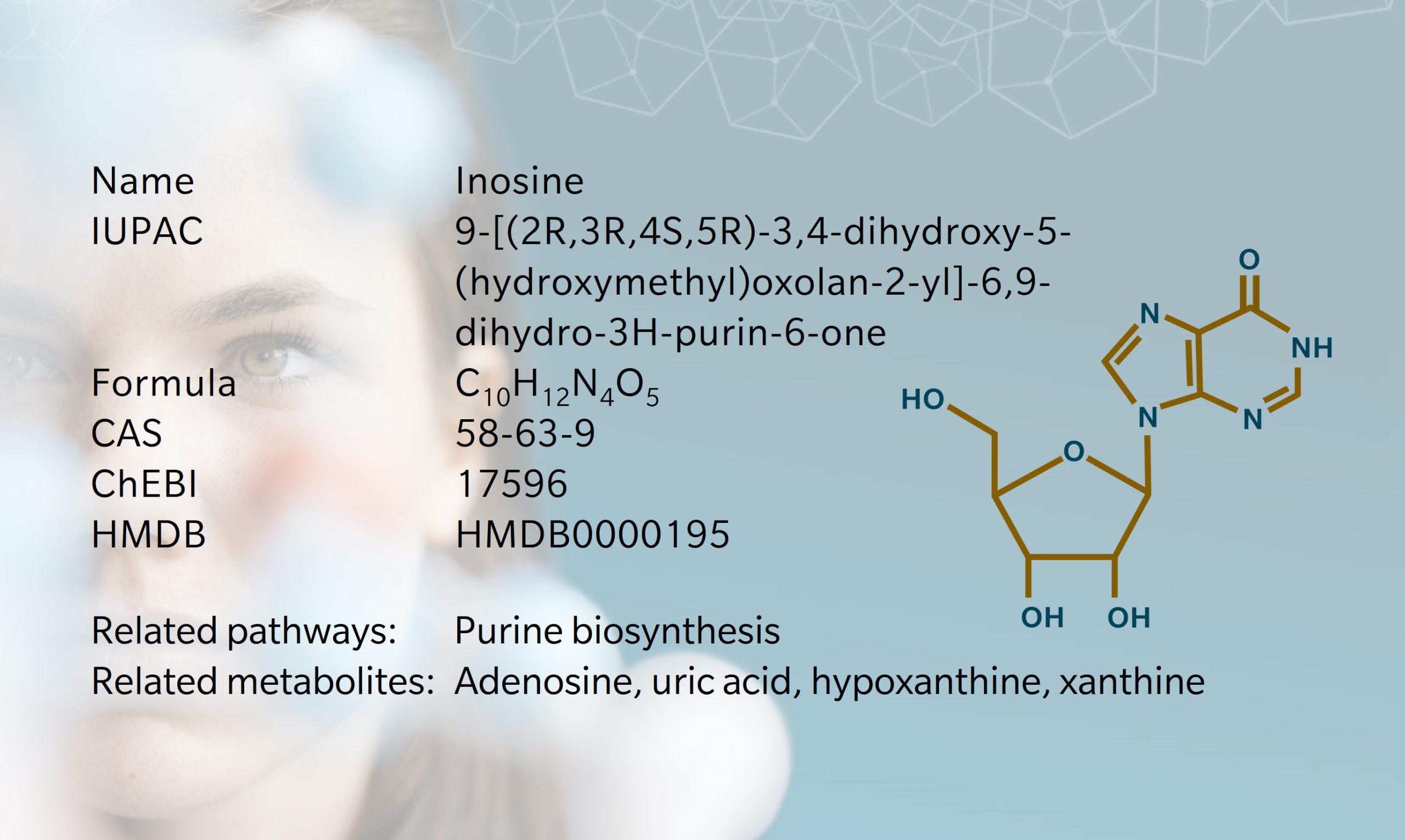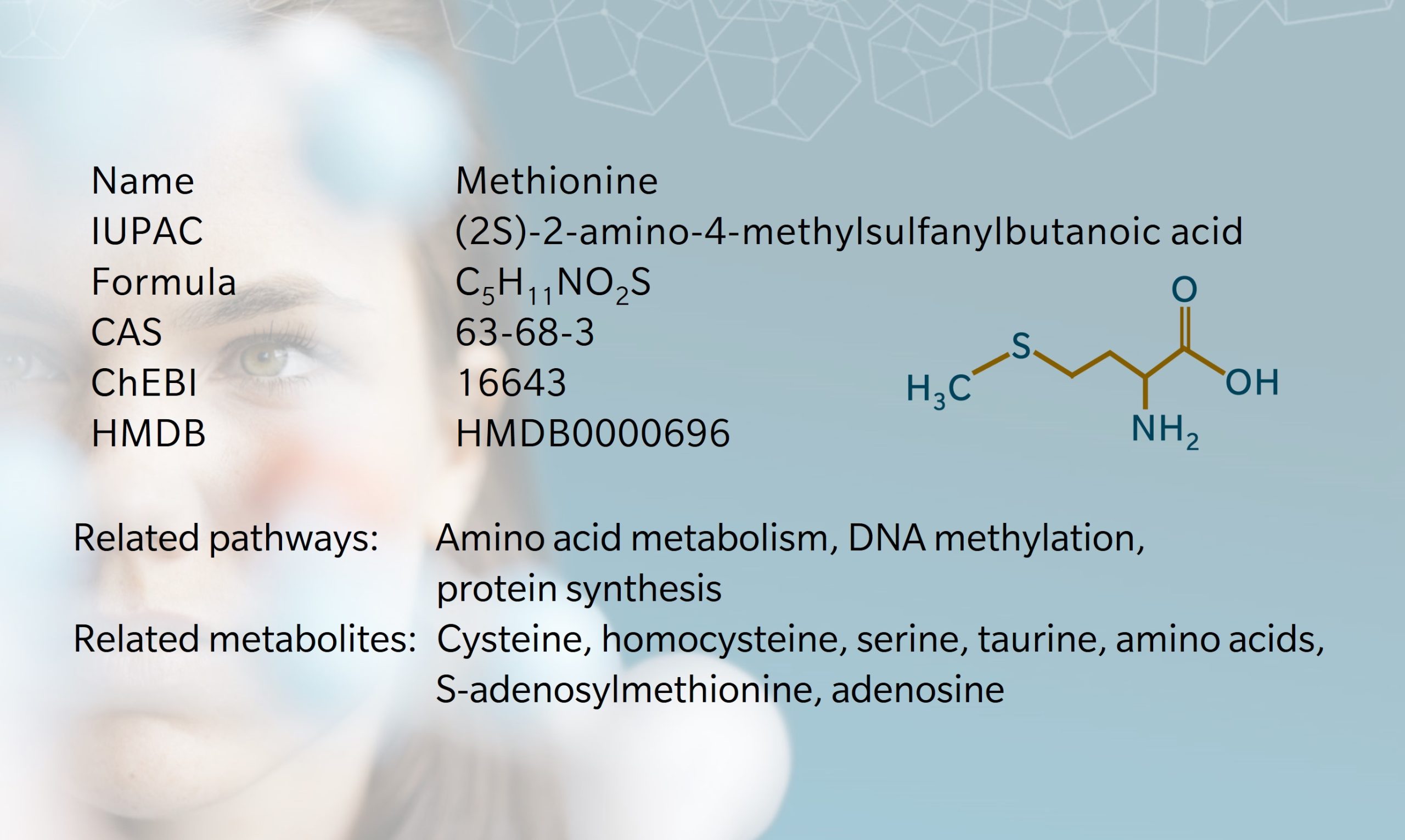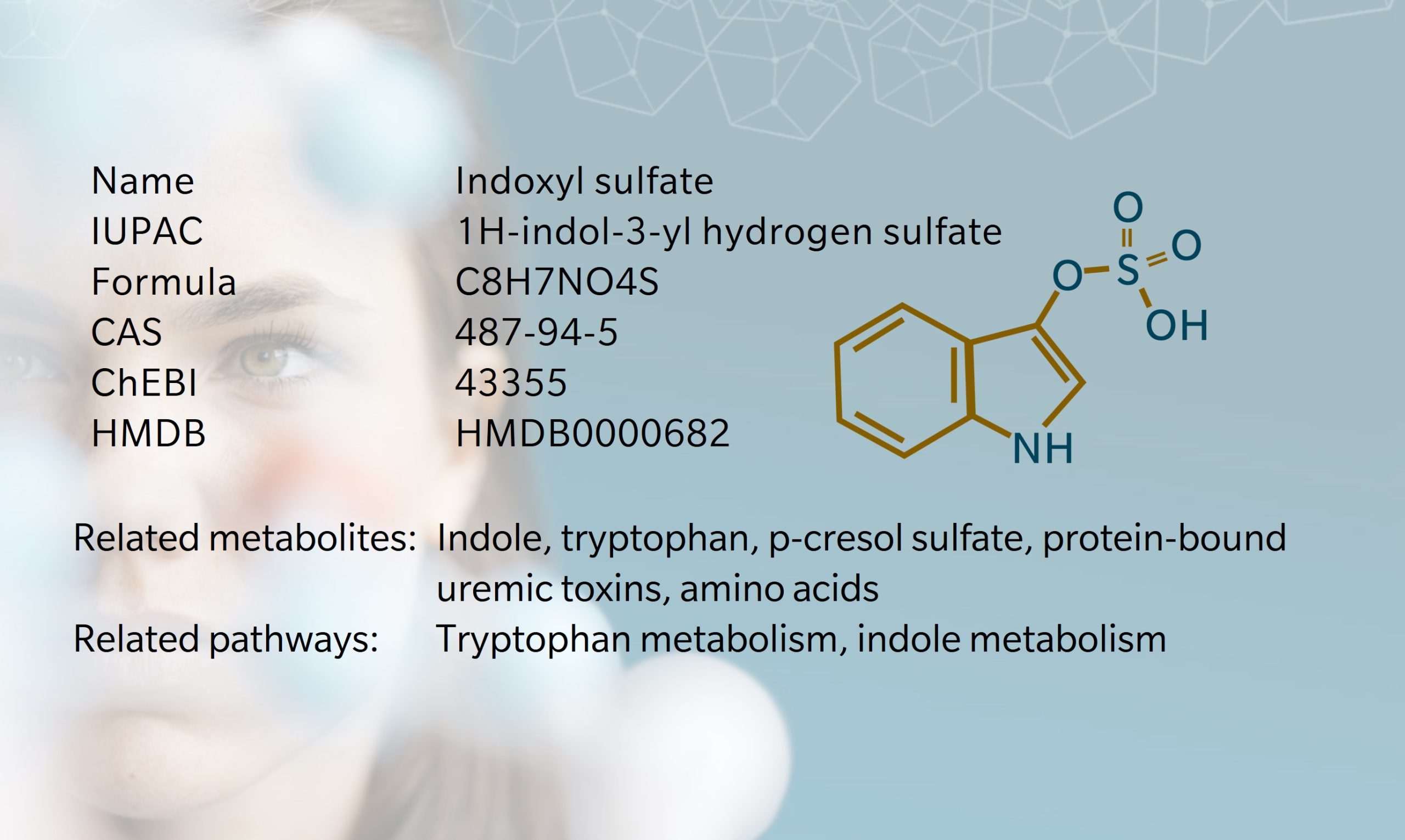
biocrates blog
Applications of metabolomics
Standardizing targeted metabolomics studies using Agilent 6495 LC/TQ in concert with biocrates
In this talk, I will discuss how biocrates solutions such as the MxP® Quant 500 XL kit fits seamlessly into the Agilent 6495 LC/TQ platform.
Standardized metabolomics kits for quantitative and reproducible results
In this talk, I will showcase how the MxP® Quant 500 XL kit and WebIDQ™ streamline targeted metabolomics for quantitative and reproducible results.
The new dogma of microbial bile acid metabolism
In my talk, I will present the new dogma of microbial bile acid metabolism.
Characterizing the metabolome in pediatric severe traumatic brain injury
In this talk, I will discuss the characterization of the metabolome in pediatric severe traumatic brain injury.
Metabolomic profiling of Cohort Consortium identifies prodromal biomarkers for Parkinson’s disease
In this talk, I will discuss how the comprehensive metabolomic profiling of the LRRK2 Cohort Consortium (LCC) identifies prodromal biomarkers for Parkinson’s disease.
Inosine – Metabolite of the month
Metabolite of the month is your sneak peek into the world of metabolomics. In this month´s article, we took a closer look at inosine.
mGWAS – Integrating metabolomics in genome-wide association studies for more precise results
Combining genome-wide association studies (GWAS) with metabolomics and Mendelian randomization is transforming precision medicine by uncovering causal links between genetic variants and clinical outcomes, rather than just correlations.
Methionine – a crucial amino acid in metabolism, antioxidant defense, and cellular function
Learn about methionine, a vital sulfur-containing amino acid essential for protein synthesis, metabolism, antioxidant defense, and cellular health. Discover its dietary sources, impact on health, and role in diverse biological processes
Indoxyl sulfate – Metabolite of the month
Explore the role of indoxyl sulfate, a gut-derived uremic toxin linked to kidney, cardiovascular, and neurological health. Learn about its biosynthesis, impact on chronic disease, and potential as a therapeutic target.
Data interpretation tools to unleash the full impact of metabolomics
In this talk, I will discuss the highs and lows of data interpretation for metabolomists, and share the latest tools provided by biocrates to unleash the full impact of metabolomics for research and health.










